Article: Overclocking the Intel® Pentium® 4 506 Processor
Many thanks to Intel® for providing the processor.
IV. Overclocking

Overclocking Goal
Before I overclock this processor, I already set a personal goal. Everytime I embark on
overclocking, I make it a point to jot down a realistic goal based on what I have so.
The reasoning is simple, it's always easy to lose track and get frustrated with overclocking
if the expectation is unreasonable. So for nitty gritty, below are the various goals that I
plan to achieve. I consider them neither conservative or agressive and within the boundaries
of the core of the CPU I am testing.
- Rock Stable (Either of the listed):
- Clock Frequency: 3.6GHz
- Front Side Bus: 177MHz (708MHz QPB)
- Suicide Shot (Either of the listed):
- Clock Frequency: 3.9GHz
- Front Side Bus: 185MHz (740MHz QPB)
Suicide Shot: is the state where system can not work normally, and is alreay at the brink of crashing, where a slight opening of application can cause the system to full instability. This is important since I will only be using a stock fan, and stock voltage, the tweakers will have an idea of how much MHz the processor can still handle when given a proper cooling and voltage loving adjustment.
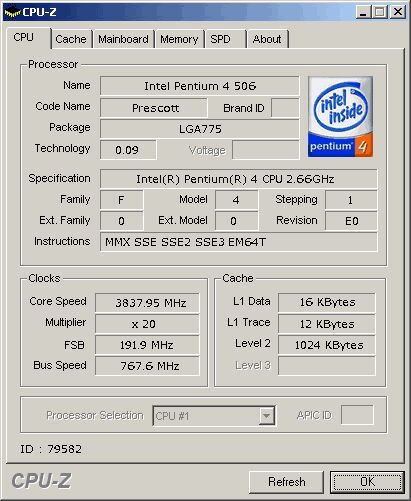
After spending some time with the system, I am quite surprised to achieve my target goals for both the Rock Stable and Suicide Shot settings. This processor seems to be an overclocker's gem, because not only does it achieve my goals, it even surpassed it by a lot more in terms of FSB and actual clock frequency. The system reach a stable frequency of 3.8GHz at 192MHz FSB. I can actually push it around to 193FSB to 196FSB but some of the benchmarks will not finish running, specially PCMark04 and PCMark05.

3DMark01/3DMark03/3DMark05 all works well even at at 194FSB. So while 196FSB is not benchstable, it is actually Windows stable but not even close to being called a Suicide Shot worthy because there's no BSOD. I pushed the FSB harder and hard, till the system will BSOD. The highest I can achieve with this processor is at 4GHz on 200MHz FSB (800MHz QPB). Now, that's a very high clock! For benchmarking, the system will be run on 3.8GHz on 192FSB.
Temperature at idle hovers at 47C, while shoots to as high as 65c and the fan will start whining up and down during the benchmark process. It's not a pleasant experience but I guess it's one of the price of using the stock fan when pushing the CPU to the limit.
Rock Stable: CPU-Z Validation 3.83GHz
Suicide Shot: CPU-Z Validation 4.00GHz
Intel® Pentium® 4 506 2.66GHz/133MHz@3.83GHz/192MHz
PCMark02
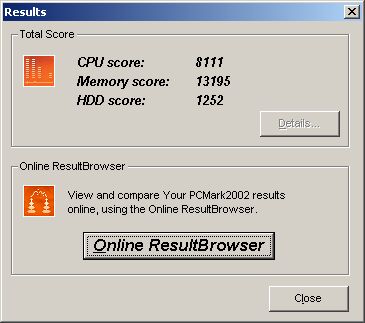
PCMark04
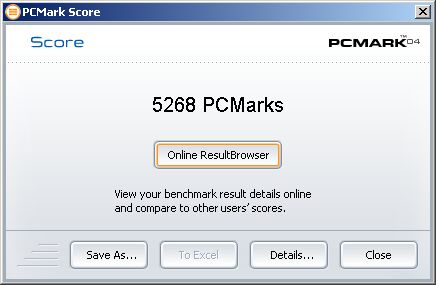
PCMark05

Sandra-CPU
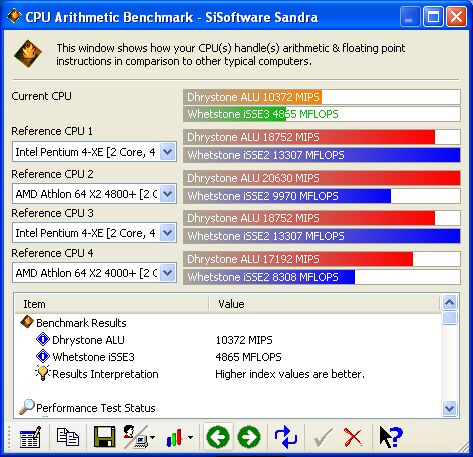
Sandra-Multimedia
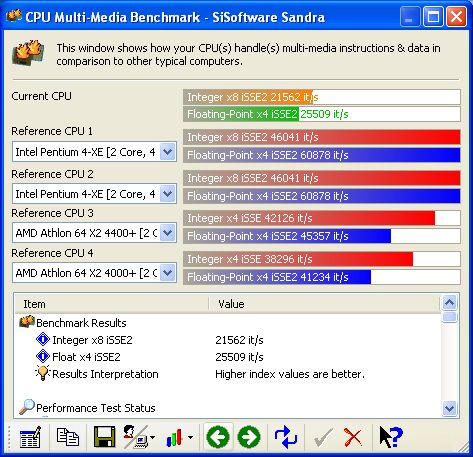
Sandra-RAM Bandwidth
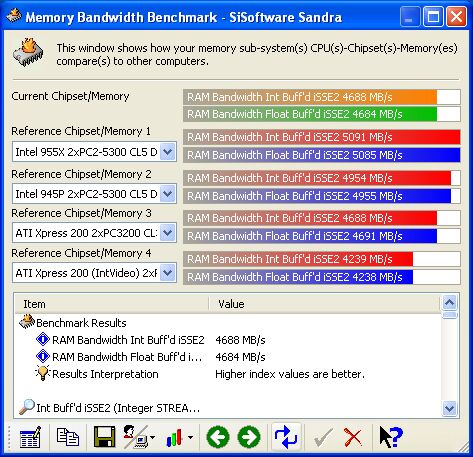
::3D Test::
3DMark01SE

3DMark03
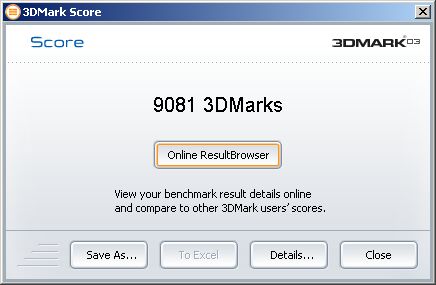
3DMark05

The overclock results is stagerring, the performance increase has scaled thru all the CPU-intensive benchmarks such as the PCMark line up and Sandra test results with PCMark02 showing the most improvement due to the fact that the processor is a single core one and not optimized for multi-threading. However, even PCMark04 results shows that the processor's capability has increased tremendously.
In gaming, 3DMark01 shows results similar to the increase in performance shown by PCMark02. However, 3DMark03 and 3DMark05 didn't increase much since this is mostly GPU driven.


